By Mohammad Monirul Hasan, Foresight4Food FoSTr Bangladesh Facilitator
In December 2024, I had the privilege to participate in the Delivering for Nutrition (D4N) in South Asia: Connecting the Dots Across Systems conference, held in Colombo, Sri Lanka. This significant event, hosted by IFPRI in collaboration with CGIAR and regional partners, convened experts and stakeholders to tackle South Asia’s enduring nutrition challenges. Given the region’s double burden of malnutrition—persistent undernutrition alongside a surge in obesity and non-communicable diseases—the discussions underscored the urgent need for integrated, forward-thinking strategies to ensure sustainable nutrition security. Here are some of my insights from the conference.
Harnessing Foresight Research for Food Systems Transformation
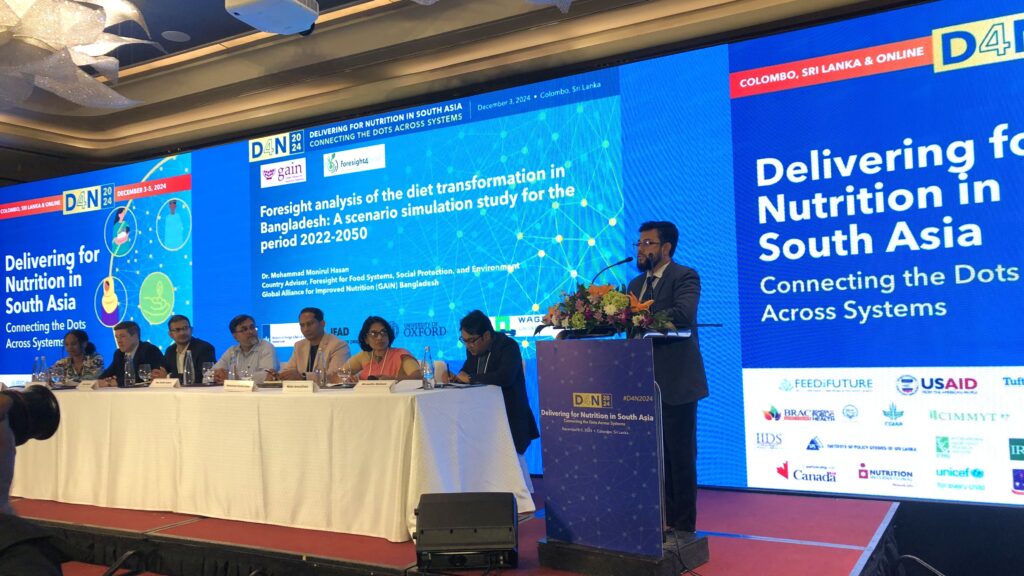
At the conference, I had the privilege of presenting our research on foresight-driven food systems transformation and the Diet Scenario 2050 for Bangladesh, a project supported by Oxford University, Wageningen University & Research, and GAIN. Our research employs foresight methodologies to anticipate future food system trajectories and design actionable pathways toward nutrition security. By leveraging scenario-building and participatory modeling, we explore how household decision-making, agricultural innovations, and policy interventions can collectively enhance food system resilience.
The Crucial Role of Foresight in Addressing Nutrition Challenges
The conference highlighted foresight methodologies as crucial tools for anticipating emerging trends and informing adaptive policy responses. In dialogues with IFPRI’s Foresight Team and CGIAR’s Food Systems Hub representatives, we explored critical gaps in food systems research and discussed collaborative approaches to align foresight insights with policy and investment strategies. Our discussions identified opportunities for:
- Evidence-Based Policymaking: Using foresight outputs to inform national and regional policy frameworks.
- Scenario Analysis: Modeling climate impacts, dietary shifts, and technological advancements to guide policy development.
- Cross-Sector Collaboration: Engaging agriculture, health, and education sectors to build integrated solutions.
Regional Collaboration and Investment for Food Systems Transformation
The conference provided a unique platform for fostering regional partnerships. Through interactions with policymakers, development agencies, and investors, we identified actionable steps to promote cross-border foresight initiatives that can enhance food systems resilience across South Asia. Key takeaways included:
- Shared Learning Platforms: Promoting knowledge exchange across countries to address common nutrition challenges.
- Regional Investment Frameworks: Encouraging collaborative investments in sustainable food systems and nutrition programs.
- Public-Private Partnerships: Mobilizing resources from diverse sectors to scale impactful innovations.

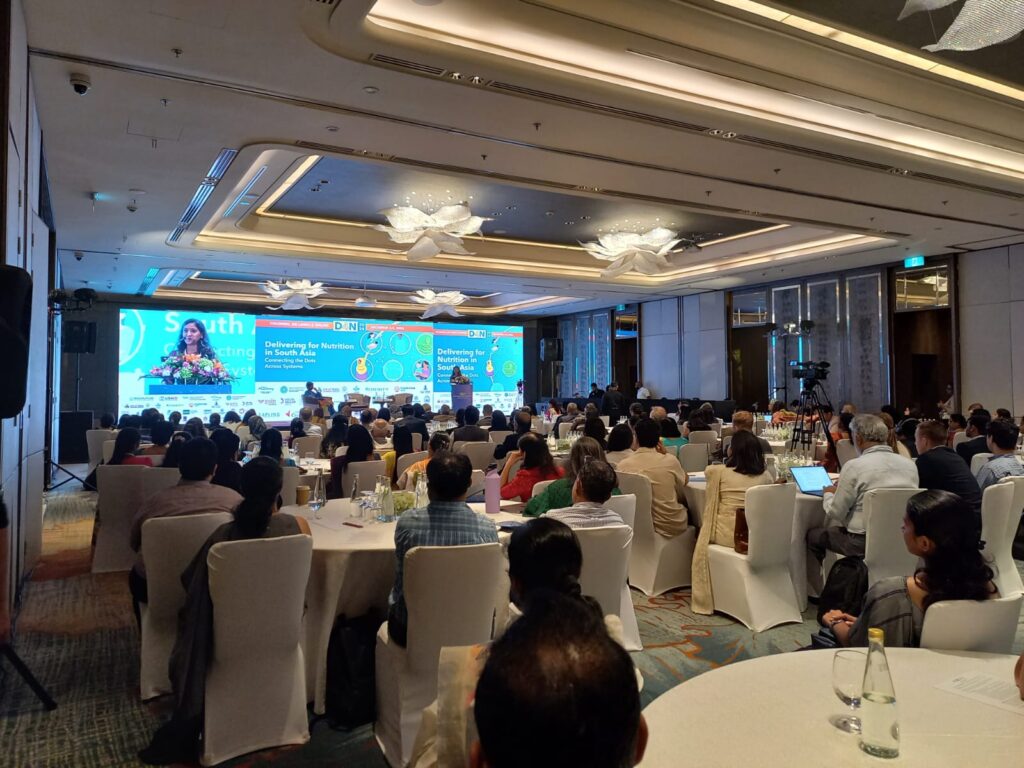
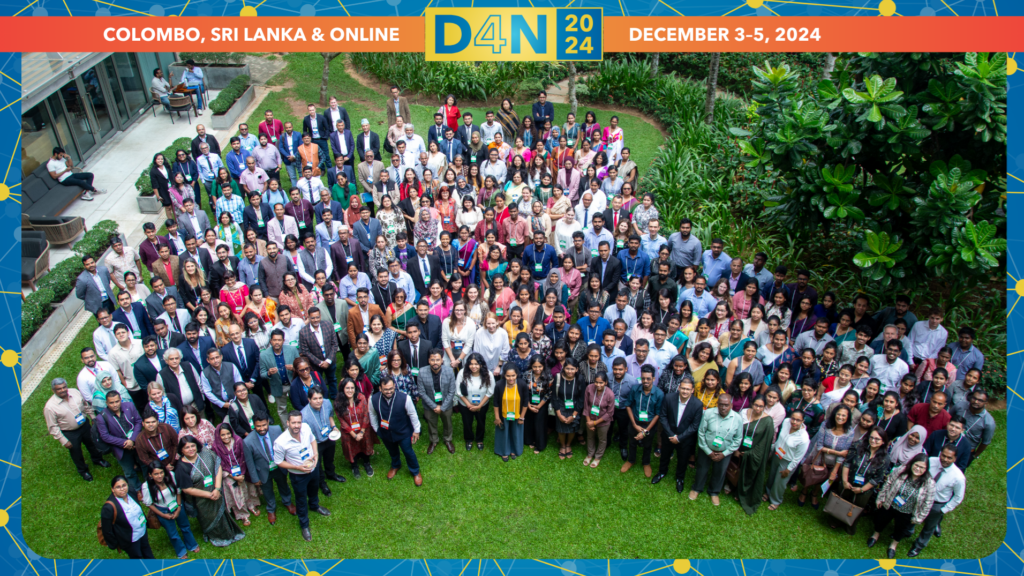
Insights for Policy and Practice: Moving Forward with Foresight
Key lessons from the conference emphasized the transformative power of foresight for achieving sustainable nutrition outcomes:
- Anticipatory Governance: Foresight can help policymakers proactively address emerging risks and opportunities.
- Systems Thinking: Integrating health, agriculture, and socio-economic perspectives is crucial for holistic solutions.
- Multi-Sectoral Collaboration: Effective partnerships between governments, academia, and the private sector are essential for impactful interventions.
- Investment Alignment: Foresight insights can guide investors to support high-impact initiatives that promote nutrition security.
Conclusion: Shaping the Future of Food Systems in South Asia
This conference reinforced the value of foresight methodologies in driving evidence-based decisions and fostering regional cooperation. It provided a platform to showcase Bangladesh’s commitment to forward-looking strategies and collaborative approaches that address the interlinked challenges of nutrition, climate resilience, and food security. Building on these insights, I look forward to advancing partnerships and implementing foresight-driven initiatives that contribute to sustainable food systems transformation across South Asia.
By Amina Maharjan
Achieving the Sustainable Development Goals by 2030 is becoming ever more challenging in the Hindu Kush Himalaya (HKH), as the region grapples with the many complex and interconnected crises of climate change, biodiversity loss, food and water insecurity, and growing economic inequality, among others. We do not need a crystal ball to help us see what the future climate could hold in store for the people and environment of this region. It is already experiencing the devastating impacts of climate change, with new temperature and precipitation records continually being surpassed. More severe and frequent extreme weather events, such as droughts, floods, and avalanches are becoming the norm. For the HKH, elevation-dependent heating means that even a temperature increase of 1.5°C is too hot for the sustainable wellbeing of the region’s people and ecosystems.
If ‘business as usual’ and current emission trends continue, the HKH is on course to experience irreversible changes in its natural and social systems. Without enough food, water, or energy, life would be challenging for the millions of people who call the HKH home, and for some, it would simply be unliveable. It is vital that we start thinking about what kind of future we want to create and how we can act when the worst-case scenario thresholds are crossed. We need to plan for an uncertain future and be better prepared for these worst-case scenarios.
In order to brainstorm together on these shared uncertainties, over 40 participants representing 25 organizations from six countries in the region – Bangladesh, Bhutan, China, India, Nepal, and Pakistan – and beyond – Austria, Thailand, United Kingdom, United States of America – came together for a consultative workshop on ‘Foresight and Scenario Development for Anticipatory Adaptation in the Hindu Kush Himalaya’ on 19–20 September 2023, organized by the International Centre for Integrated Mountain Development (ICIMOD) in Kathmandu, Nepal. The participants included representatives from governments, international organizations, NGOs, think tanks, universities, and research institutions.
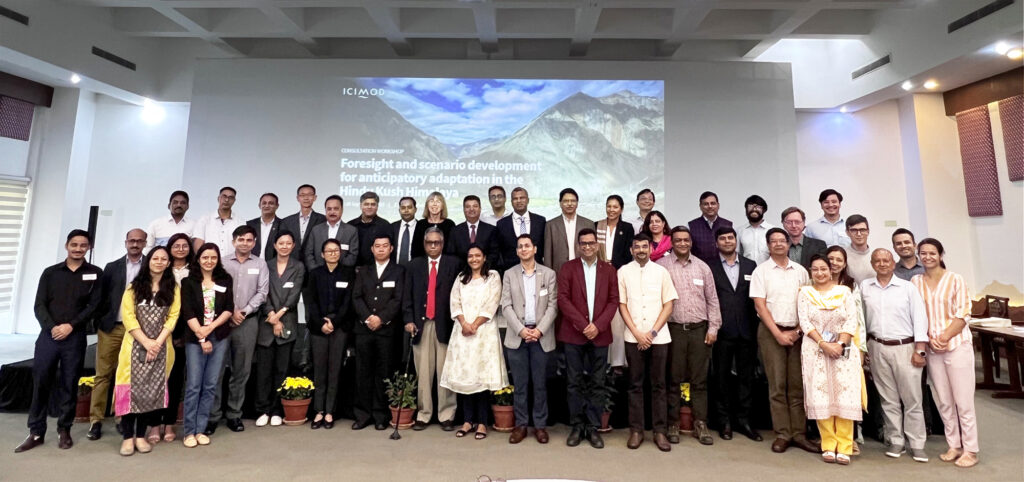
Over the two days, the participants engaged in a horizontal scanning exercise to look at potential changes/disruptors in the HKH region in the future. The group also looked at building capacity for foresight and futures thinking at different scales of planning – from national to local levels.
Foresight and scenarios are tools that can help us reimagine plural futures. They help us think about the future in systematic, rigorous, and inclusive ways. It involves identifying potential future trends and challenges in order to develop strategies to address them. This approach has not been used widely in this region, but that needs to change as we prepare for an uncertain future.
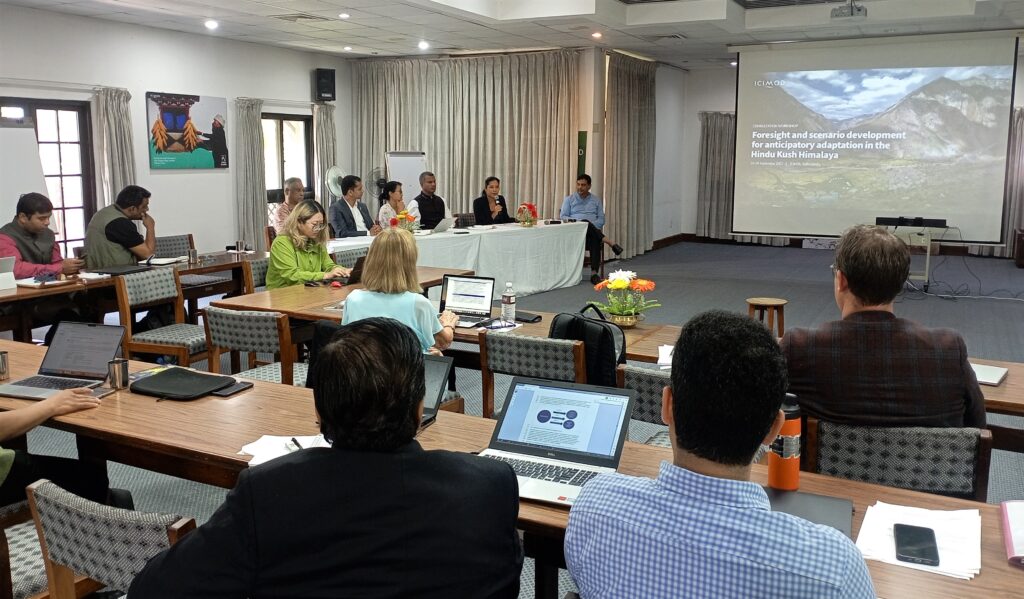
This gathering was the beginning of a process to encourage futures thinking in the region. Overall, there was consensus on the need for futures thinking across sectors and scales and a commitment to continue collaboration. As a participant from Bangladesh highlighted “We cannot only depend on the past (and historic trends) to plan our future under the rapid change and uncertainty that we are witnessing in the region. It is critically important to envision futures at different scales and with diverse stakeholders to drive our actions now.” Without foresight and scenarios thinking, no organisation or community can remain future fit.
Such planning is especially crucial for a region as vulnerable as the HKH – subject not only to the extremities of its geography and topography, but also because of its varied social, demographic, political and economic conditions. Just one major weather event can set communities back 20 years in development. We must think creatively and long-term about how to address the major challenges, and we must do it now.

